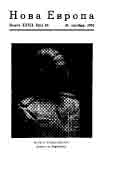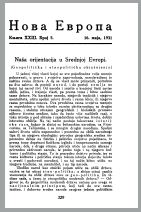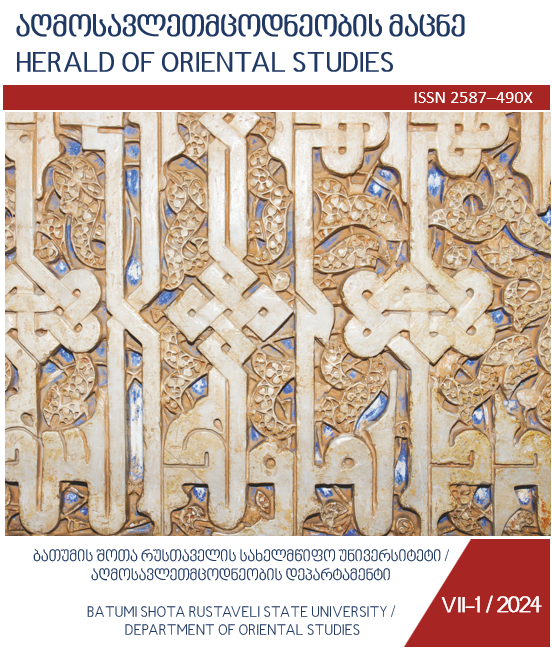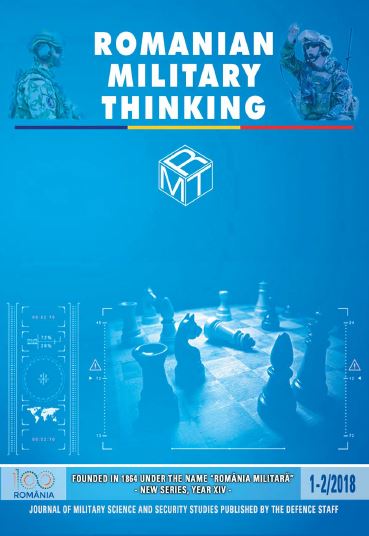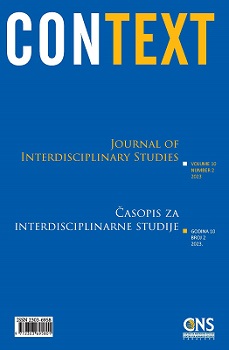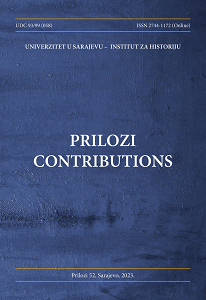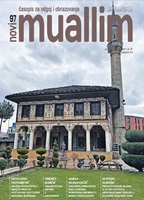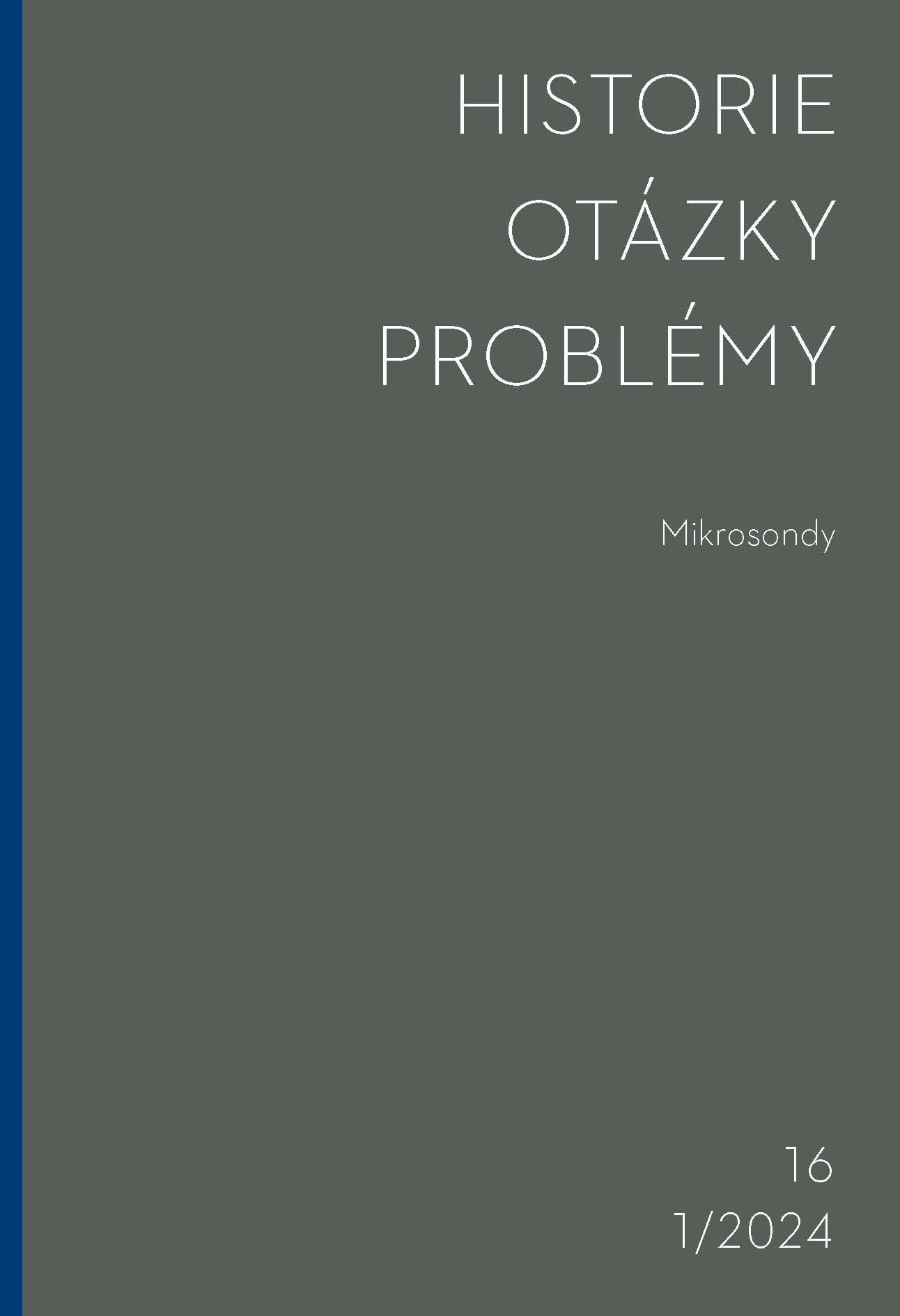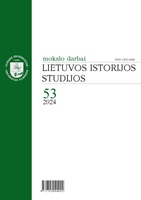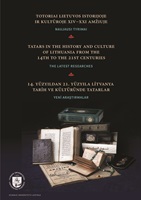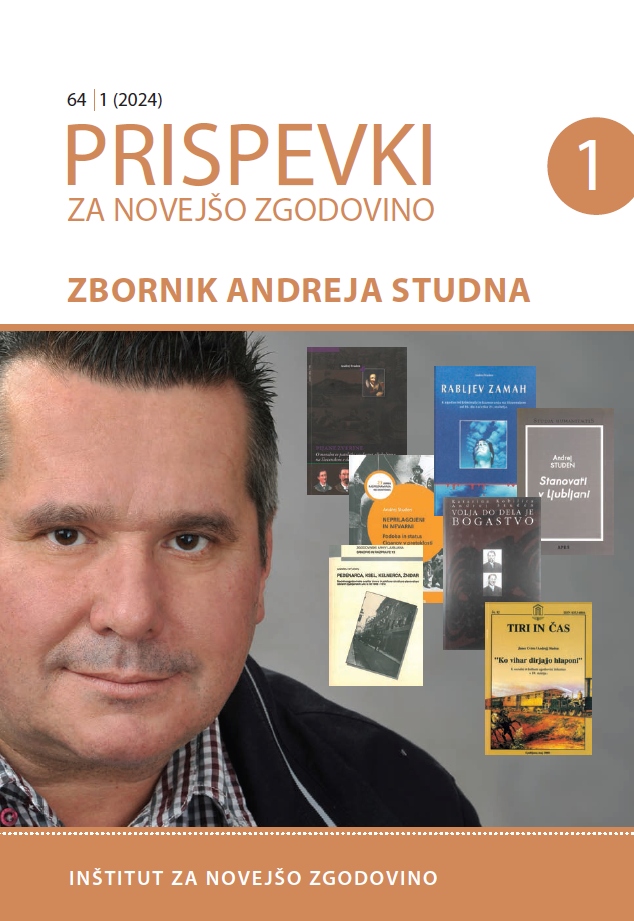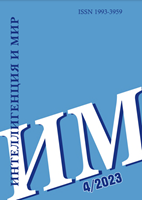Author(s): Siarhiej Miskiewicz / Language(s): Russian
Issue: Spec/2023/2023
At the end of the 19th and at the beginning of the 20th century, Tatars of the former Grand Duchy of Lithuania started migrating to new lands and countries including England, Argentina and America. They were looking for work and the USA became their preferred country. Many Tatars returned back to homeland, but most of them stayed in America and succeeded. Tatars from Ivje, Navahradak, Mir, Kleck, Tavsiuny, Milkuny, Śviańciany, Dokšycy, Uzda, Śmiłavičy, Minsk, Vilnia and other settlements of Russian Empire before the World War I founded their registered society in New York in 1907. It was the first Muslim organization in the USA. They also founded the Muslim mizars in the Maple Grove and Cedar Grove cemeteries in New York. They started teaching children and bought a building for mosque in 1930. Tatars provided the annual dances and picnics, organized the funding (dues, fees, fines, loans, donations) for payment of expenses, helped the Society members (death and illness benefits) and Muslims in other countries including the former homeland (Ivje in 1922, Niekrašuncy, Warszawa in 1945 and etc.). They published a newspaper, the prayer books. They took part in the main historical events in the USA: the World War I, the World War II, Korean and Vietnam wars, post-war occupation of Germany, etc. Unfortunately, the Society had been developed until 1960s (member quantity was more than 300) and now it is in decline due to assimilation and migration. This article is devoted to the Tatar society of the USA. It is based on the results of study of family collections, oral stories, archival documents (Ellis Island cases, certificates of birth, death, marriage, draft) and pictures. The organization structure, the names of the famous Tatars and the Society board members (presidents, vice-presidents, secretaries, treasurers, imams, teachers, bank account holders, funeral committee members, etc.), the information about two cemeteries are revealed and provided.
More...
